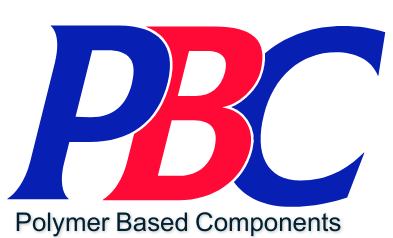When it comes to injection molding, it’s like walking a tightrope—small missteps can lead to costly defects. From minor surface blemishes to serious performance issues, the quality problems can be diverse. They often stem from the molding process, material use, or tooling design, making it a triple threat.

But fear not! Armed with knowledge, you can dodge these pitfalls. As an importer or manufacturer of injection-molded products, understanding common defects and their prevention can save you from the headache of unsellable goods and product returns. Let’s delve into the most notorious quality defects in injection molding, their root causes, and the secret sauce to prevent them.
- Flow Lines: These are like the ripples in a pond but less poetic. They show up as wavy patterns, often on narrower sections of the molded component. Though not harmful, they can be a cosmetic buzzkill, especially for high-end products like sunglasses.
- Causes and remedies for flow lines: Variations in cooling speed or wall thickness are the usual suspects. Quick fixes include tweaking injection speed, pressure, and temperature, rounding mold corners, relocating gates, or boosting nozzle diameter for a smoother flow.
- Burn Marks: No, your plastic part didn’t go on vacation to the sun. Burn marks, black or rust-colored discolorations, occur due to trapped air or overheating during injection. They’re not a big threat unless the plastic faces serious degradation.
- Causes and prevention of burn marks: Lower the melt and mold temperature, ease up on injection speed, enlarge vents and gates, and shorten the mold cycle time to prevent your plastic from getting sunburned.
- Warping: Your plastic part decided to do the twist without an invitation. Uneven shrinkage during cooling leads to deformation. Just like wood warps when drying unevenly, plastic can’t resist the urge to bend or twist.
- Causes and prevention of warping: Too-fast cooling, high temperature, or low thermal conductivity can spell trouble. Gradual cooling, lower temperatures, switching to less-shrinking materials, or redesigning the mold for uniformity can help keep your plastic flat and fabulous.
- Vacuum Voids/Air Pockets: These are like the acne of injection molding—minor but annoying. Trapped air bubbles in your finished product might weaken it, especially if they gang up.
- Causes and steps to prevent vacuum voids: Inadequate molding pressure and quick cooling near mold walls are usual culprits. Raise injection pressure, opt for lower viscosity materials, or strategically place gates to tackle those pesky voids.
- Sink Marks: Small recesses or depressions that rudely appear on an otherwise smooth surface. The inner part of your molded component is the culprit here.
- Causes and prevention of sink marks: Unlike voids, these occur when the material cools too slowly, causing shrinkage. Amp up holding pressure and time, extend cooling time, or design thinner walls to keep that surface flawless.
So there you have it—the scoop on injection molding defects and how to send them packing. Now you can walk the tightrope of injection molding with confidence, knowing that you’ve got the tools to keep those defects at bay.
Want to talk to an expert? Write to us at sales@pbctechplast.com.
Get in touch
At PBC, we transform ideas into reality. With our advanced injection moulding capabilities, we can turn your concepts into tangible, market-ready products. Let’s collaborate!
